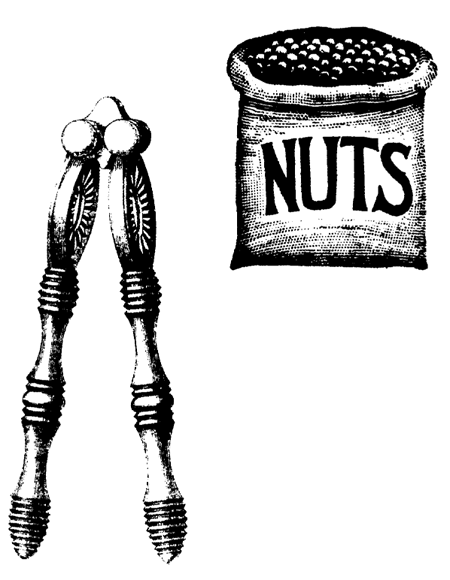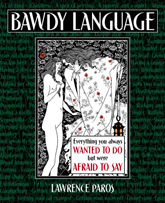
Truly ballsy but also somewhat bollixed or balled-up were the Skopts, a religious sect at the time of Catherine II and Alexander I, which initiated new members into the cult by searing their balls with a hot iron. For some unexplained reason, the sect died out— but their rites lived on, entering the language as our “baptism of fire.”
Balls have also served us well as an important interjection, part of our long-standing tradition of using the better half of the body to register emotion. They express surprise and exasperation (“Nuts!”) as well as incredulity and disappointment (“Nonsense!”).
“Baloney!” you say? As Partridge reminds us, that word comes not from the sausage but from the Gypsy pelone—for balls.
Functionally speaking, it would be difficult to imagine the sports world without balls. Absolutely critical to most of our games, they are governed by definite rules as to their use. It’s proper for men to play ball with balls provided by management, but it’s forbidden that they play with their own balls. And when a ball bounces up and hits the catcher in the balls, it is said to “ring his bell,” though the sound is that of a dull thud followed by a shrill cry.

Hedy Lamarr: “I’ll meet you in front of the pawn shop.”
Bob Hope: “Okay, Dottie, and then you can kiss me under the balls.”
—Sketch on The Pepsodent Radio Show.
(Hope’s line in the script was a simple “Okay.”)
Part 1 Part 2
Read more – “Bawdy Language,” the Book



Leave a Reply